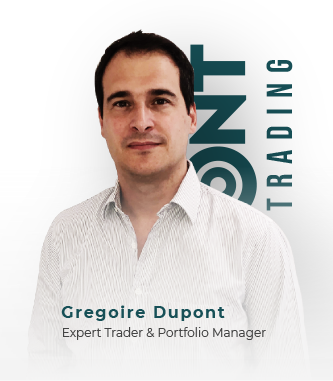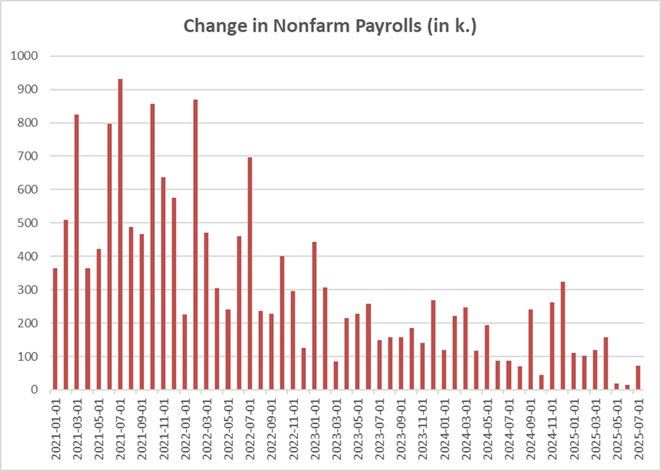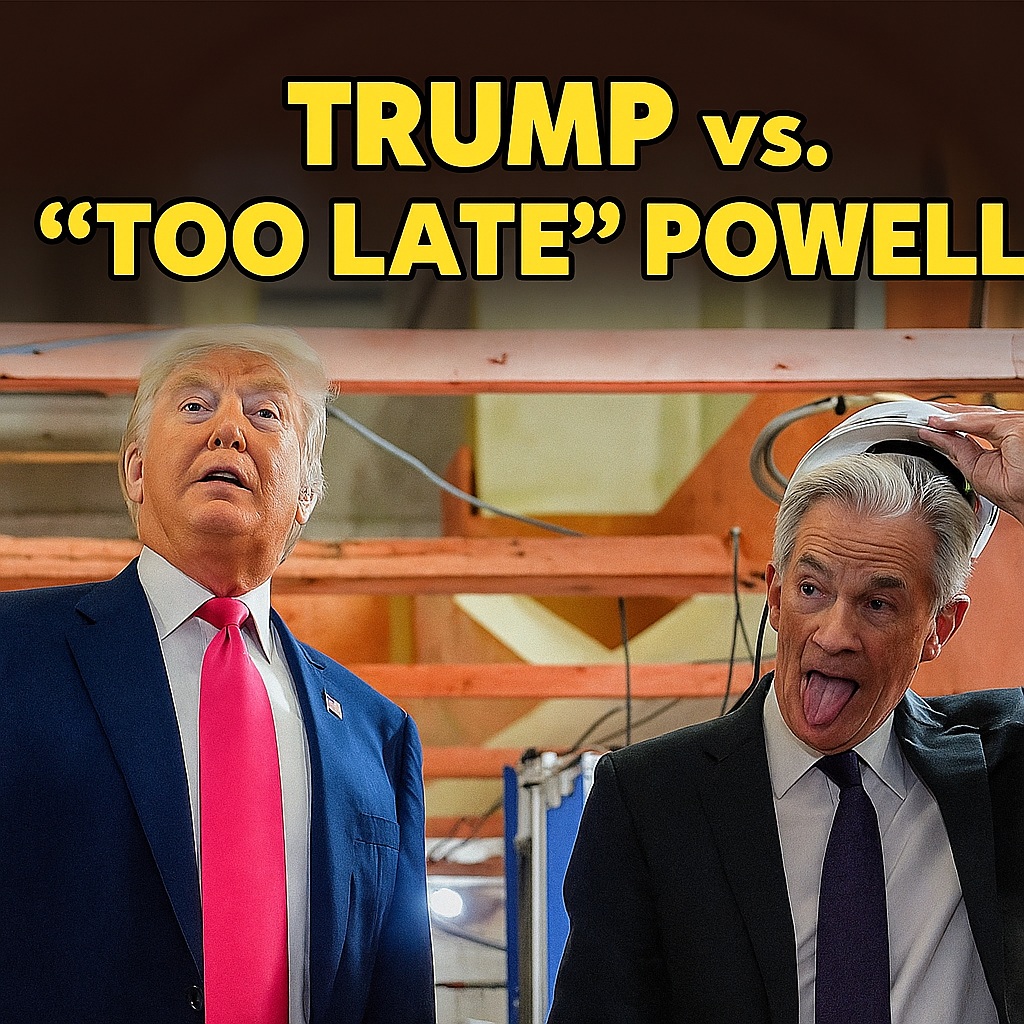Interest Rates vs Earnings
Instead of writing a long blog on Interest Rates vs Earnings, I will just copy and paste an article from Greg IP (@greg_ip) who worked/works for The Wall Street Journal.
He wrote this article 20 years ago, in December 1998, and after reading it you will realize how history rhymes.
If you think that Central Banks’ intervention are something new and/or they are manipulating markets, time to wake up. Central Banks are “part of the game” and if you forget that it could be very costly.
Source Wall Street Journal:
Interest Rates Drive Stocks As Earnings Take Back Seat
By GREG IP Staff Reporter of THE WALL STREET JOURNAL
The lesson of 1998 is that interest rates trump earnings.
When the final numbers are in, 1998 seems certain to be the first year since 1991 that earnings fall. The fact that as of Friday it also looks like another double-digit year for stock returns attests to how much rising valuations, driven by falling interest rates, can propel the market.
Of the 150% rise in the Standard & Poor’s 500-stock index since the end of 1994, less than a third has come from higher earnings. The remainder has come from the rising price investors pay per dollar of earnings — the price/earnings ratio. That has become especially dramatic this year. Through Friday, Standard & Poor’s 500-stock index was up 20.2%. But according to IBES International, an analyst-estimate tracking service, operating profits for the S&P 500 companies are also expected to fall 1% this year. Thus, all the advance in the market has been thanks to a rise in its P/E ratio. It now stands at 26 times current year earnings, compared with 21.5 at the end of 1997, an increase of 21%.
It owes that primarily to falling interest rates. The 30-year government yield fell to 5.02% Friday from 5.93% at the end of 1997.
“There’s always been an inverse relationship between interest rates and P/E ratios,” says Ed Keon, director of quantitative research at Prudential Securities. “With much less return for your money in fixed income, it makes sense to pay a higher P/E.”
The question facing investors is whether interest rates can continue to trump earnings if next year turns out, as some fear, to be another difficult one for profits. Most investors are worried about the earnings outlook and valuations, but equally they are comforted by the support from the lowest interest rates since the 1960s. A press conference last week given by mutual-fund manager Federated Investors neatly captured that dichotomy.
“When central banks are pumping liquidity into global financial markets around the world, stock prices tend to rise,” says Thomas Madden, the firm’s chief investment officer for domestic stock, high-yield bond and asset-allocation funds. So even though valuations are “challenging,” he believes a Dow Jones Industrial Average of 10000 early next year “is not an especially aggressive forecast.” On Friday, the Dow Jones Industrial Average fell 19.82 points, or 0.2%, to 8821.76, leaving it up 11.6% for the year.
On the other hand, Aash Shah, manager of Federated’s Small Cap Strategies fund, asserts, “It doesn’t matter what the Fed is going to do…. The No. 1 factor for stocks is earnings growth.” He allows that in the short term, the Fed does matter, but over more than five years, “earnings growth overwhelms all other factors in determining performance.”
Lower interest rates have their most-powerful effect boosting P/E ratios of reliable growth stocks, for which the majority of their earnings lie far in the future. That is one reason that the largest growth stocks such as Microsoft and Cisco Systems have led the market all year and propelled the index of Nasdaq’s 100 largest nonfinancial stocks to a 69% year-to-date gain. On the other hand, the Russell 2000 index of smaller capitalization companies, whose earnings are less predictable than those of larger firms, is still down 9.5% for the year. Federated’s Mr. Shah thinks small stocks are poised to perform strongly thanks to lower valuations and higher earnings growth.
But investors hoping that interest rates will deliver another solid year of returns next year might be disappointed. “There just isn’t much more room for interest rates to drop,” says Mr. Keon. “So there’s just not much room left for [P/E] multiple expansion.”
And the story could be even worse if profits don’t perform well next year. “Earnings expectations are still very optimistic,” says Richard Bernstein, head of quantitative research at Merrill Lynch. He notes his firm’s industry analysts in total expect S&P 500 profits to grow 20% next year, while its strategists and economists are looking for a decline. “There hasn’t been acceptance that there’s a profit problem. So I think negative earnings surprises over the next six months could be very powerful. The question is then, are interest rates powerful enough to offset those weak earnings?” He thinks not. And he warns that the overall economy is not as weak as profits, reducing the likelihood that the Federal Reserve will cut interest rates any more in 1999.
That seems to be the lesson of last week’s activity. The industrial average fell 248.71 points over the past four days of the week as components J.P. Morgan & Co., Merck, Union Carbide and Coca-Cola all warned analysts their profits wouldn’t meet expectations. That said, traders see little pressure on the overall market from specific warnings. For example, Coke’s warning Friday dragged it down 3 3/16 to 62 7/8, but that accounted for almost two-thirds of the fall in the industrial average. Traders say the bigger contributor to stock weakness has been unsettled conditions abroad and the advancing impeachment process in Washington.
Many strategists figure that stocks are fairly valued when their earnings yield — which is the inverse of the P/E ratio — is equal to bond yields. Thus, if bond yields are 5%, then stocks are fairly valued at about 20 times the coming year’s earnings. But there’s a problem with this model. As Charles Hill, director of research at First Call notes, it would imply Japan’s bond yields of 1% and lower, deserve stock P/E ratios of 100 or higher. That seems to indicate that falling interest rates stop helping stocks when they show the economy is in deep distress, bordering on deflation. Could it happen here? The fact earnings are falling without rising interest rates is a “symptom of the current deflationary environment,” argues the Bank Credit Analyst, a financial-forecast journal. In times of deflation, it’s easy for stock prices and interest rates to fall at the same time. While not forecasting deflation, the Bank Credit Analyst argues, the profit outlook is tough and “there is probably too much complacency about the potential for easier monetary policy to impact the long-run earnings picture.”
Here are the links:
http://pages.stern.nyu.edu/~adamodar/New_Home_Page/articles/peintrate.htm
https://www.wsj.com/articles/SB913600379445550500
With earnings up 3/5% in Q1 2019 and some expectations for 2019 still at +9% and +12% for 2020, you might have to mind the gap here. At the end, earnings matter and they matter BIG.
It is although fair to keep in mind that the S&P 500 went up an other 30% from December 1998 (time of the above article) before its peak in March 2000.
But if you are lazy, just change few numbers, names and data from the article above and you could send your article to the Wall Street Journal.
I hope it helps,
Gregoire
Sub Section Title Here
Lorem ipsum dolor sit amet, consectetur adipiscing elit, sed do eiusmod tempor incididunt ut labore et dolore magna aliqua. Ut enim ad minim veniam, quis nostrud exercitation ullamco laboris nisi ut aliquip ex ea commodo consequat. Duis aute irure dolor in reprehenderit in voluptate velit esse cillum dolore eu fugiat nulla pariatur. Excepteur sint occaecat cupidatat non proident, sunt in culpa qui officia deserunt mollit anim id est laborum.
LEARN ONLINE TRADING TODAY. THE PROFESSIONAL WAY.
Let us solve the problem and confusion around trading and finance management, the right way.
ACCESS FREE LECTURESUBSCRIBE
TO OUR BLOG
To receive opinions, market research, and data analysis in the Financial Markets
ABOUT
DUPONT TRADING
As a Professional Trader/Portfolio Manager/Hedge Fund Manager for almost 20 years, I know that learning how to Trade/Invest is a non-ending learning curve. This adventure is extremely exciting but needs to be ridden carefully.
In January 2018 after receiving many requests, I decided to start my own mentoring activities.
In October 2019, I launched the 4×4 Video Series to help Investors profitably manage their portfolios. By sharing my ideas/experiences and offering education through the 4×4 Video Series, I hope I can help you becoming a better investor.

Students
Testimonials

J. (United Kingdom)
LEARN ONLINE TRADING TODAY. THE PROFESSIONAL WAY.
Let us solve the problem and confusion around trading and finance management, the right way.




Reader Interactions